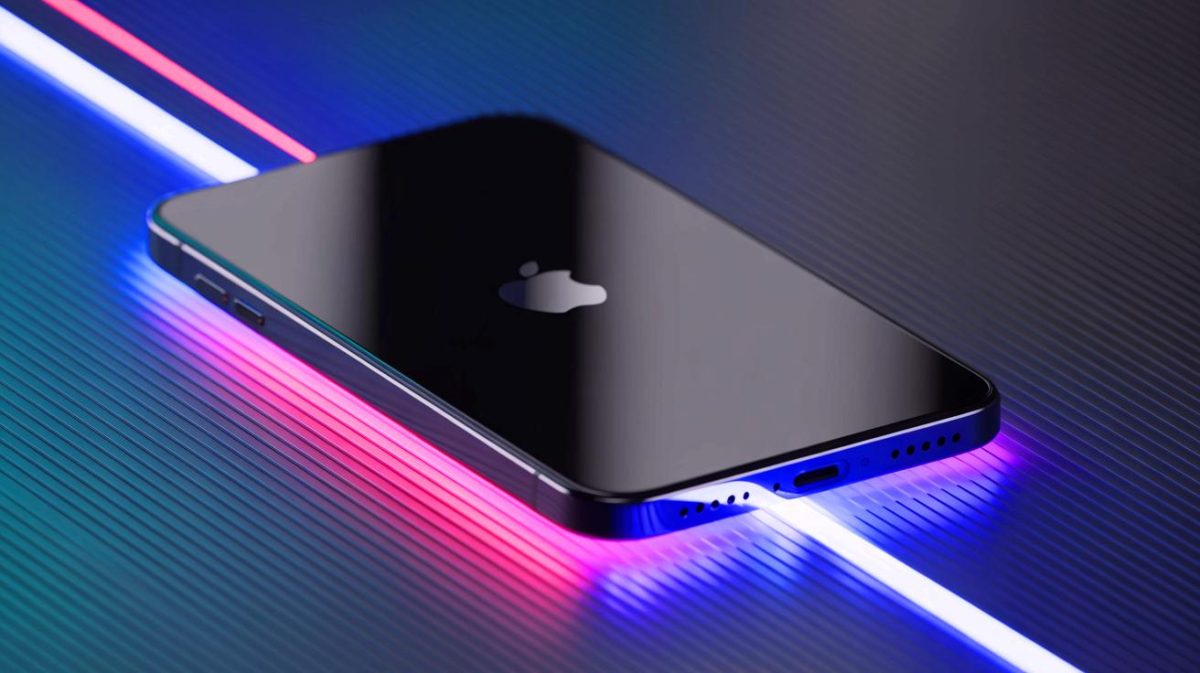| IN A NUTSHELL |
|
In a bold move that could reshape the smartphone landscape, Apple is reportedly planning to unveil the iPhone 17 Air, a device that aims to be among the slimmest on the market. This strategic shift is not just about aesthetics; it signifies a significant technological evolution. The iPhone 17 Air is expected to forego traditional ports, including the much-discussed USB-C, in favor of a completely wireless experience. This move aligns with Apple’s vision of a future where physical ports are obsolete, setting the stage for a new era of sleek, ultra-thin smartphones.
The iPhone 17 Air: A New Era of Portless Design
The iPhone 17 Air is poised to be Apple’s thinnest smartphone to date, a feat that demands significant design compromises. According to industry insiders, this groundbreaking device will eliminate standard features such as the SIM card slot, a secondary speaker, and even reduce battery size. Most notably, the iPhone 17 Air is likely to lack a USB-C port, a decision that underscores Apple’s commitment to a wireless future.
This strategic pivot is not without precedent. Apple’s MacBook Air series similarly prioritized thinness and weight over traditional features. The iPhone 17 Air aims to replicate this success in the smartphone market, positioning itself as a mid-tier model with a 6.6-inch display, bridging the gap between entry-level and premium devices. This model could potentially redefine the iPhone lineup, offering a new “Ultra” variant in place of the Pro Max, thus expanding consumer choices.
These changes, while potentially controversial, could invigorate iPhone sales by appealing to consumers who prioritize design and portability. Will the iPhone 17 Air’s radical design choices set a new standard in smartphone innovation?
European Regulations: Navigating the USB-C Mandate
Apple’s decision to potentially remove the USB-C port from the iPhone 17 Air must be understood in the context of European regulations. The European Union mandated the adoption of USB-C ports for all mobile devices to reduce electronic waste and streamline consumer experience. Apple complied reluctantly with this mandate for its iPhone 15 and 16 models, but the iPhone 17 Air could mark a departure from this compliance.
The European Commission has indicated that Apple could bypass the USB-C requirement if the iPhone offers a fully wireless charging experience that matches or surpasses the usability of a traditional ported device. To this end, Apple has enhanced its MagSafe technology to be compatible with the Qi2 wireless charging standard, which is widely used by other manufacturers.
This adjustment could allow Apple to release an iPhone devoid of any physical charging ports, ushering in a new era of smartphone design. However, Apple appears to be taking a cautious approach, possibly waiting for consumer feedback on the iPhone 17 Air before fully committing to this paradigm shift. Will the iPhone 17 Air pave the way for a truly wireless smartphone future?
Choosing the Right Smartphone: Expert Buying Guides
With an ever-expanding array of smartphones on the market, choosing the right device can be daunting. Whether you’re torn between the latest iPhones or Samsung’s Galaxy series, our expertly curated buying guides are designed to help you make an informed decision. These guides cover a range of categories, ensuring you find the perfect smartphone to meet your needs.
- The Best Smartphones
- The Best iPhones
- Top Smartphones for Photography
- Longest Battery Life Smartphones
- Best Smartwatches
Our guides are not just lists; they are comprehensive analyses that delve into the strengths and weaknesses of each device, ensuring you find a smartphone that aligns with your preferences and lifestyle. Are you ready to discover the smartphone that best fits your life?
Apple’s Future: What Lies Ahead?
As we look to the future, the iPhone 17 Air represents a pivotal moment in smartphone design and functionality. By potentially eliminating physical ports, Apple is not just responding to design trends but is also challenging industry norms. This move could redefine user expectations and set a precedent for future device designs. As consumers, how will we adapt to this new, portless reality, and what innovations will follow in its wake?
Did you like it? 4.6/5 (25)








Wow, no more tangled cables? Count me in! 😊
Est-ce que ça signifie que je dois acheter un nouveau chargeur sans fil ?
Je suis sceptique. Et si le sans fil ne fonctionne pas aussi bien que prévu ?
Thank you, Apple, for pushing the boundaries again!
Apple a-t-il pensé à ceux qui préfèrent encore le bon vieux câble ?
Will the iPhone 17 Air still be waterproof without any ports?